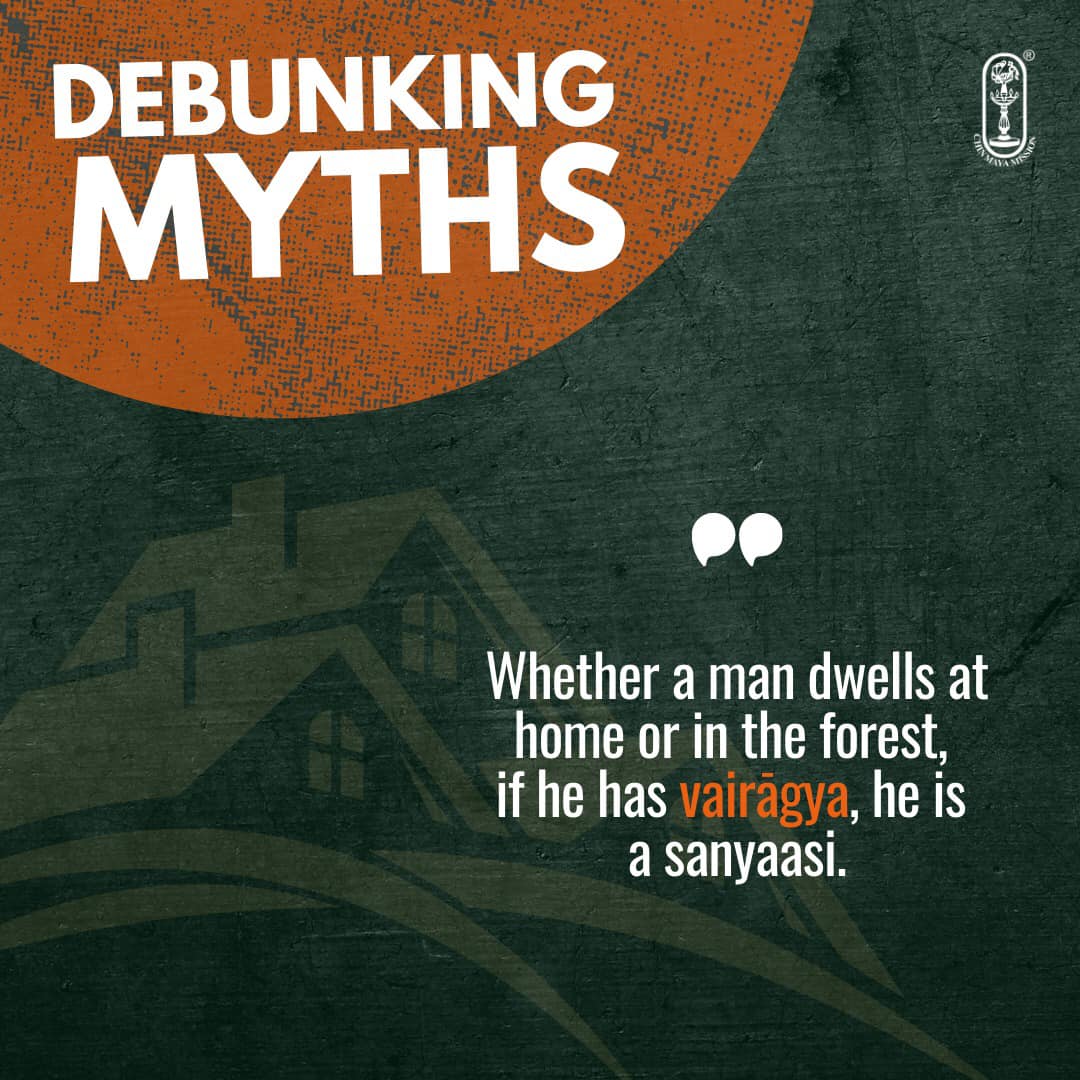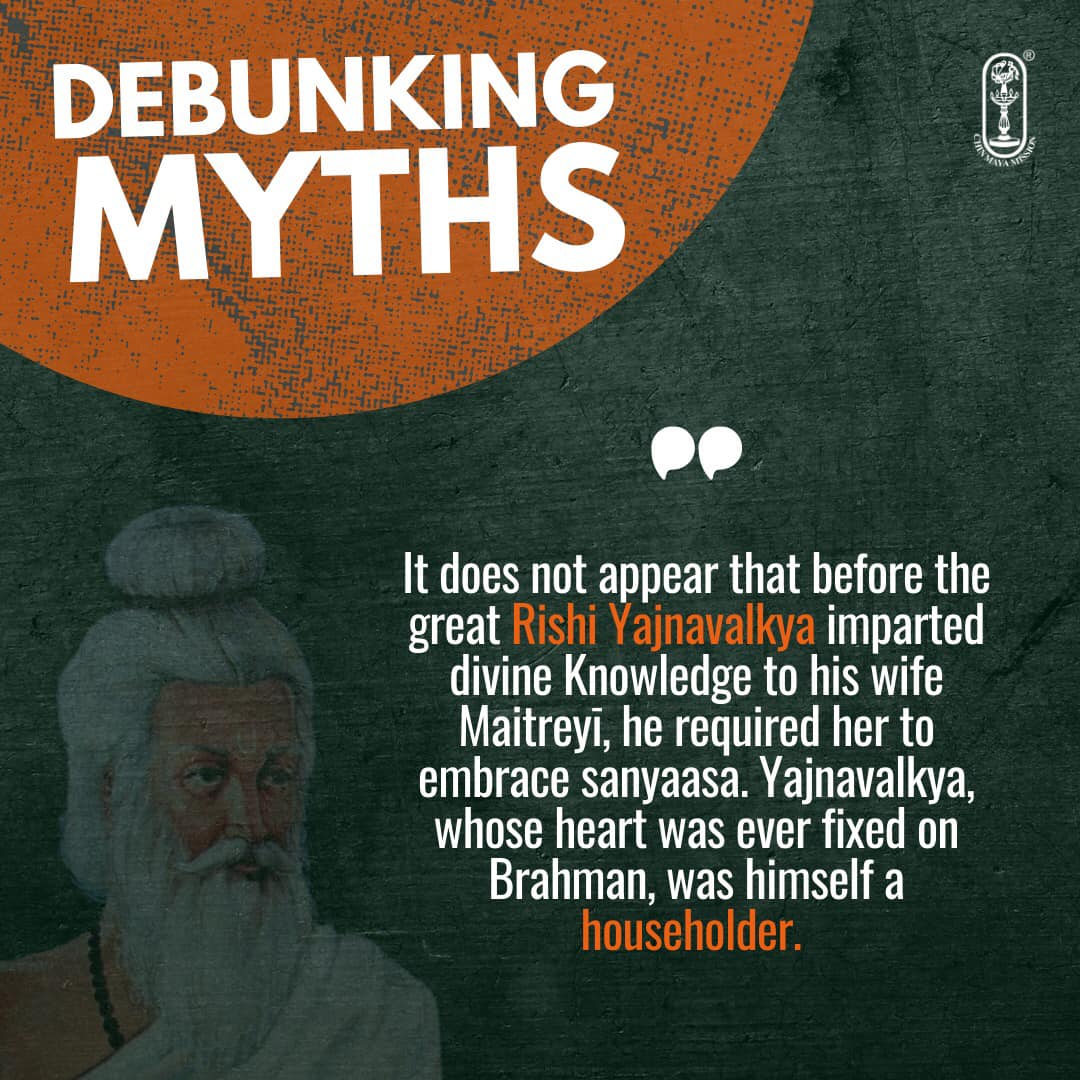The Secret of the Katha Upanishad : 2.3. Swami Krishananda.
=================================================
================================================
Saturday, January 15, 2021. 8:30.PM.
Chapter -2.
Post -3.
=================================================
We mistake enjoyments for acts of freedom, which is far from the truth, says Yama, the teacher of the Katha Upanishad. The man of wisdom chooses the blessed and the good rather than the pleasant and the satisfying to the senses. Both come to you. The blessed and the pleasant—both are before you. You can choose any one. Man is free either to stand or to fall. This is the endowment which God has bestowed upon human nature. Sreyas and preyas—both are at your disposal. Nectar and poison—both are kept in two cups before you. You can drink whichever you like. But the glamour of the poison kept in a beautiful cup is more attractive than the immortalising essence of nectar that seems to be covered in a bushel.
Truth is hidden, whereas appearance is visible to the eyes. The hero, the courageous individual bent upon probing into the mysteries of Reality, chooses what is ultimately real and not what appears to be immediately valuable. In the practice, in the search for knowledge, you have to be cautious to see that you do not get entrapped by appearance. All is not gold that glitters. Truth is covered with a golden vessel. Appearances are deceptive. You cannot judge the worth of a book by the cover and the get-up of it. But this is the fate of man! On account of a mistaken attitude developed due to yielding to the urges of sense, man denies the hereafter:
"samparayah pratibhati balam pramadyantaṁ vitta mohena mudham:
ayam loko nasti para iti mani, punah punar vasam apadyate me."
The egoistic individual that man is, confined as he is to the perceptions of the senses, takes the world for reality and does not admit the existence of anything beyond and behind the visible scene.
“This world is all, and nothing is beyond.” This is the argument of the senses, and this is the argument of man! “Why do you say that?” “Because I do not see it.” “That which is the visible is the real, the invisible is not the real,” is the human argument. But, unfortunately for us, the reverse is the truth. The real is the invisible, and the visible is not the real.
The visible, the seen world, is a conglomeration of action and reaction. The world that you see before you, the objects that are presented before the senses, the solid substances and the tangible presentations in front of us, are not what they are. Experience as it is presented through the senses is nothing but a network of reactions. The way in which reactions are set up by objects in their relation to the senses and the mind, produces an illusion in our consciousness. Depth can be seen where there is only a flat surface, as in a cinema, for example.
There is only a flat screen. There is no depth or three-dimensional picture. But when you go and see a picture, you see a three-dimensional personality and movement. You can see miles of distance projected through the screen, though the screen is only a surface. It is only two-dimensional. If you have a concave or a convex glass put on your eyes, a lens of a particular kind, you will see ups and downs where there is only a level ground, and vice versa. Your vision is, therefore, not trustworthy. Your tongue will tell you different things when your bodily temperature is of a different degree. Tastes and visions, auditions and touches, smells, etc. are not reliable agents of knowledge. They produce an illusion of experience on account of a particular type of reaction they set up due to a given type of contact established between them and the objects of a given nature at a given moment of time. This is why we say that the world is relative. It is relative in the sense that every experience is dependent on some factor or the other. The world is not made up of one or two factors alone but hundreds and thousands of constituents form the world of experience.
Just as a piece of cloth is made up of several threads—one thread cannot make a cloth—the world is not made up of one type of experience, one factor alone that is conditioned. The mind of man, being wedded to the report of the senses, is able to grasp only an aspect of experience, totally oblivious of other factors which are also equally contributory to this particular type of experience.
As medical men sometimes tell us, a particular visible form of disease is not always caused by one factor alone. It is an effect of cumulative conditions that were gradually growing from within, without our knowledge of them. You do not suddenly fall sick. You have been tending towards it for days together or perhaps for months. It is not a sudden experience. The whole universe is made up of items of determining factors. It is one single pattern created by God, if you would like to call it a creation at all, and no factor of it can be isolated from other factors.
To be continued ...
===============================================












Comments
Post a Comment